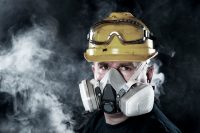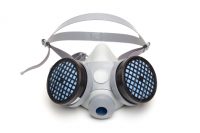Strategies for Obliterating Bronchiolitis obliterans
The hazards of diacetyl and related flavorings are increasingly of concern to employers across the food-processing industry. Although there is no federal standard or permissible exposure limit for diacetyl yet, the National Institute for Occupational Safety and Health (NIOSH) has weighed in with recommended strategies for controlling worker exposures. If your workers are exposed to […]










